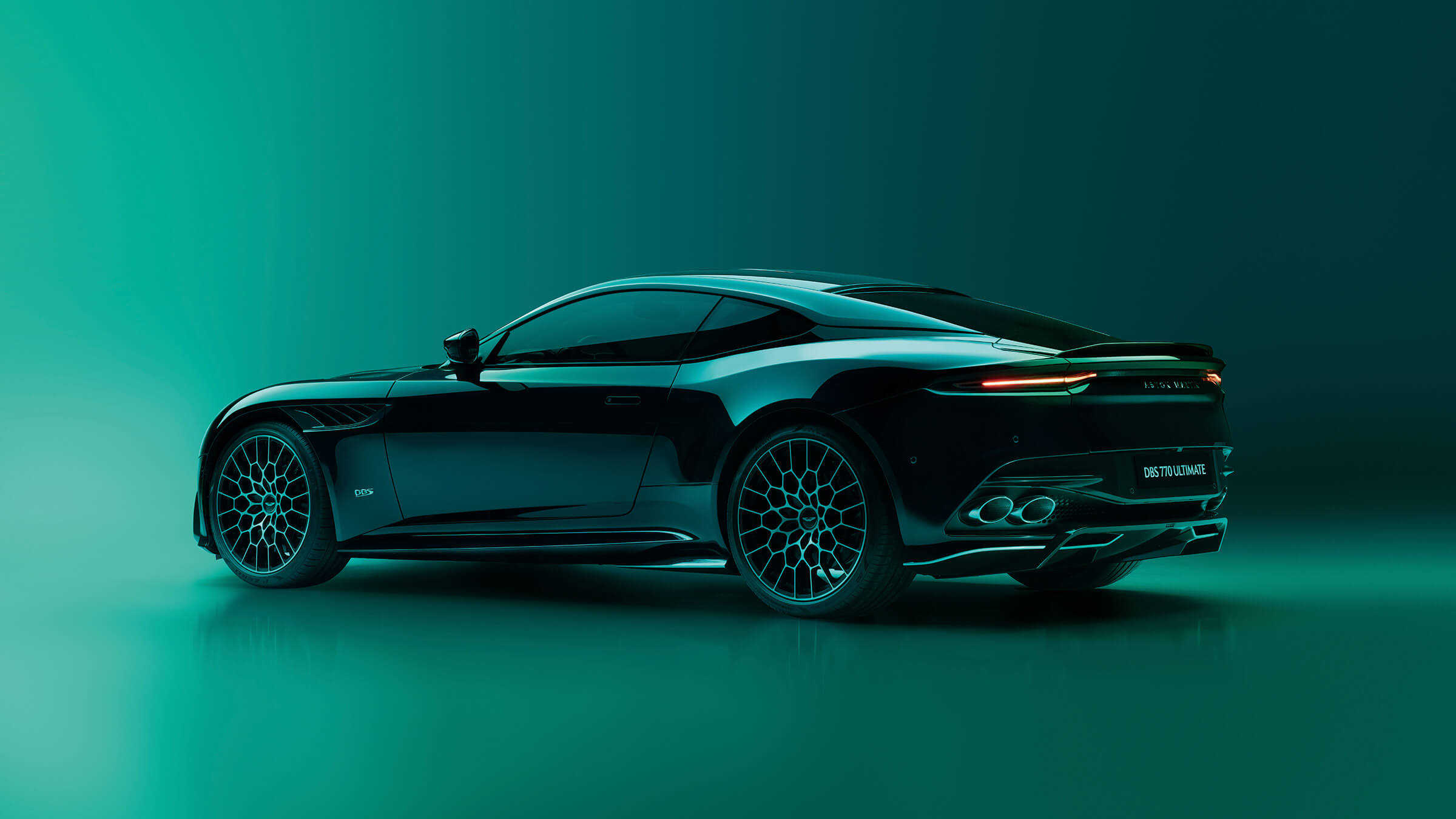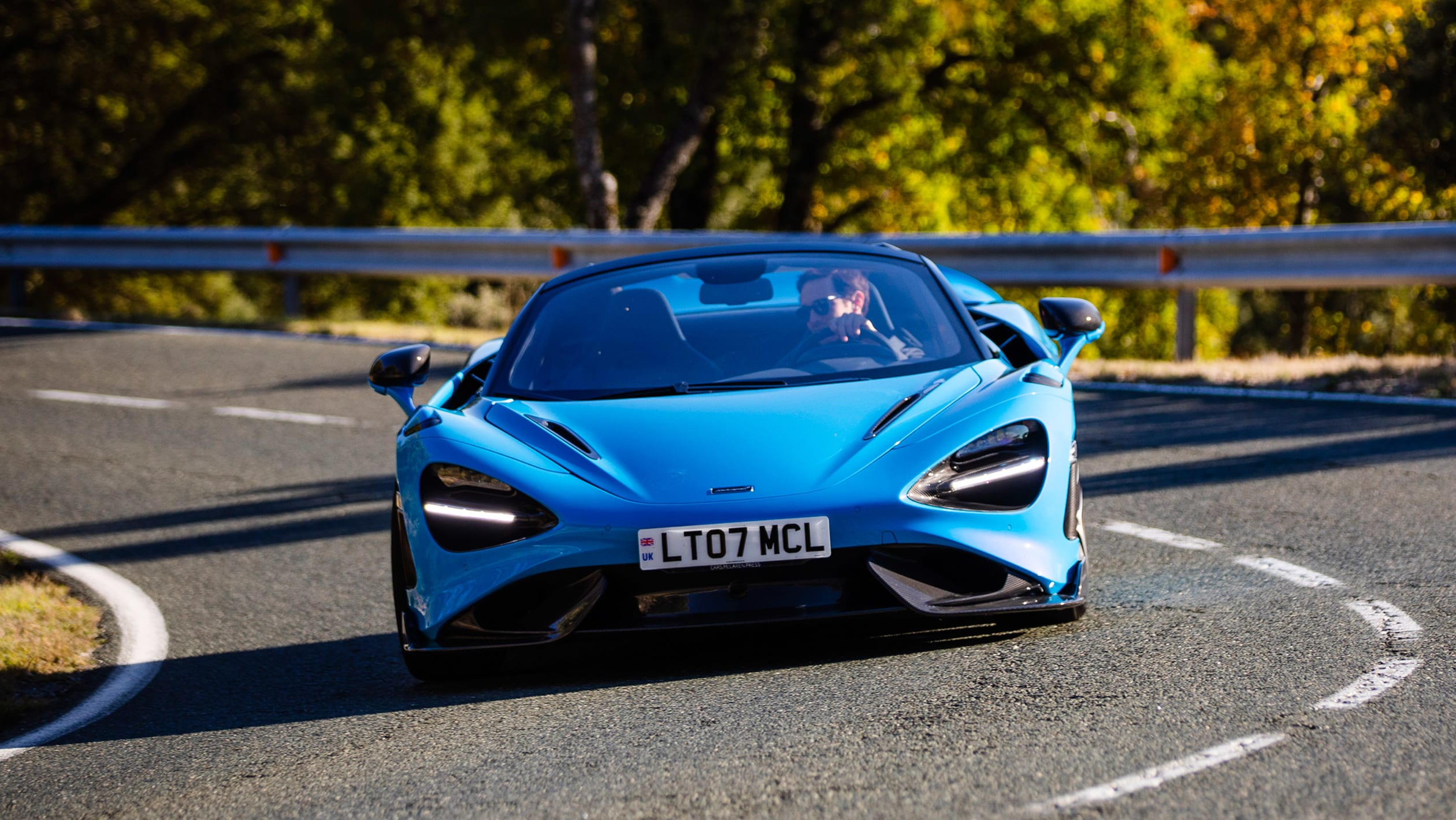Strict new emissions rules mean low-volume car makers can no longer benefit from higher CO2 allowances.
The US government is to end the special dispensation for low-volume car manufacturers to have their own generous targets for CO2. Instead they will have to sell electric cars, as part of wider proposals to slash vehicle emissions.
This American loophole has benefitted British manufacturers Aston Martin, Lotus and McLaren by allowing them to sell much higher-emitting cars on average than volume makers.
However, new proposals made by the Environmental Protection Agency (EPA) as part a wider push for makers to sell on average two-thirds EVs by 2032 will end that special agreement, forcing the small-volume manufacturers (SVMs) to accelerate their EV sales in the country.
Aston Martin, Ferrari, Lotus and McLaren have all been able to negotiate their own, fairly gentle downward reduction in CO2 in recent years in recognition of the fact they sell high-consumption sports cars in the main.
For example, Aston Martin agreed to cut its average CO2 output from 431g per mile (268g/km) for 2017 model-year cars to 376g/mi for those sold in 2021. Ferrari, meanwhile, had to drop from 421g/mi to 373g/mi.
Any manufacturer selling fewer than 5000 cars a year in the US could apply. However, the EPA now believes the shift to electrification means these companies will now be able to cut CO2 at the same speed as bigger car makers.
The EPA said in a document that the rules were initially laid out when vehicle electrification technologies were in their “relative infancy” but now more firms are switching to EVs.
“The landscape has fundamentally changed,” it said. “The EPA believes there is no reason SVMs cannot adopt similar technological approaches with enough lead time.”
To help SVMs, they will be given a two-year lag compared to volume car makers, meaning the new tougher regime will start in 2029 rather than 2027 and they will have to hit average CO2 levels to the proposed average of 82g/mi (51g/km) in 2034 rather than 2032. The EPA is consulting whether to keep even this dispensation and subject SVMs to the same timeline, though.
However, like the larger companies, SVMs will have the option to buy credits from those who exceed the CO2 targets set and so raise their average target.
America is a key market for the likes of Aston Martin, Ferrari and McLaren, having been a source of welcome profit for the brands over the years.
So far, McLaren hasn’t named a date to start selling an EV, while Aston Martin and Ferrari have said they will launch EVs in 2025.
Lotus, meanwhile, has said the new Emira sports car will be its last ICE creation. Thanks to ownership by Chinese giant Geely, it has already launched an EV – the Eletre large SUV – and will unveil an electric sedan later this year.





